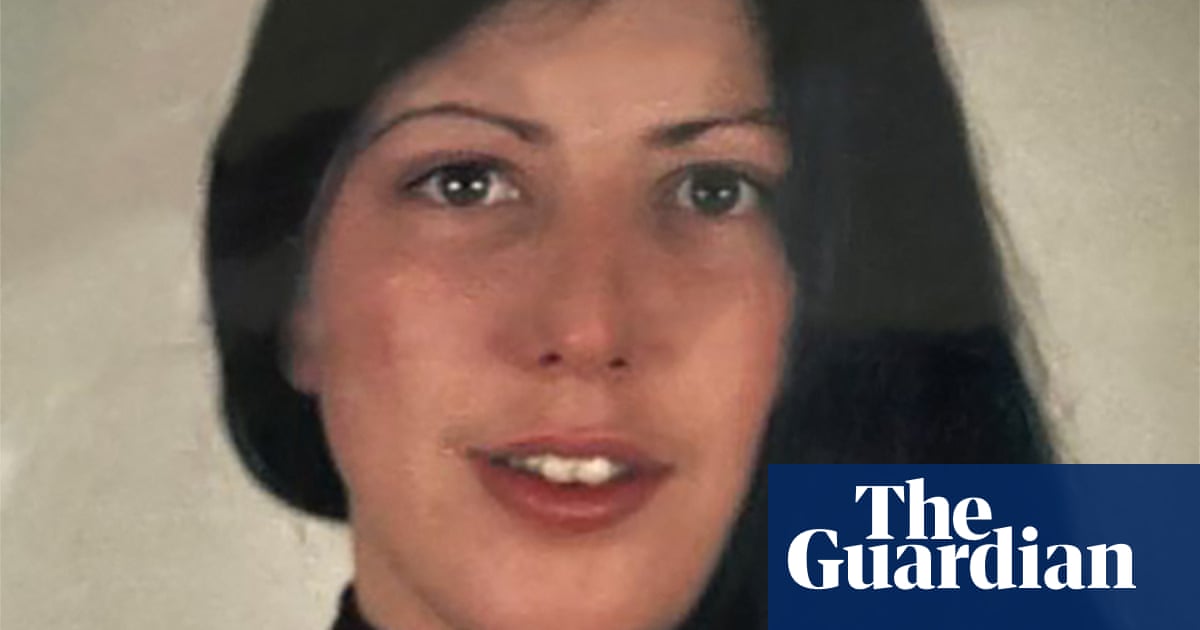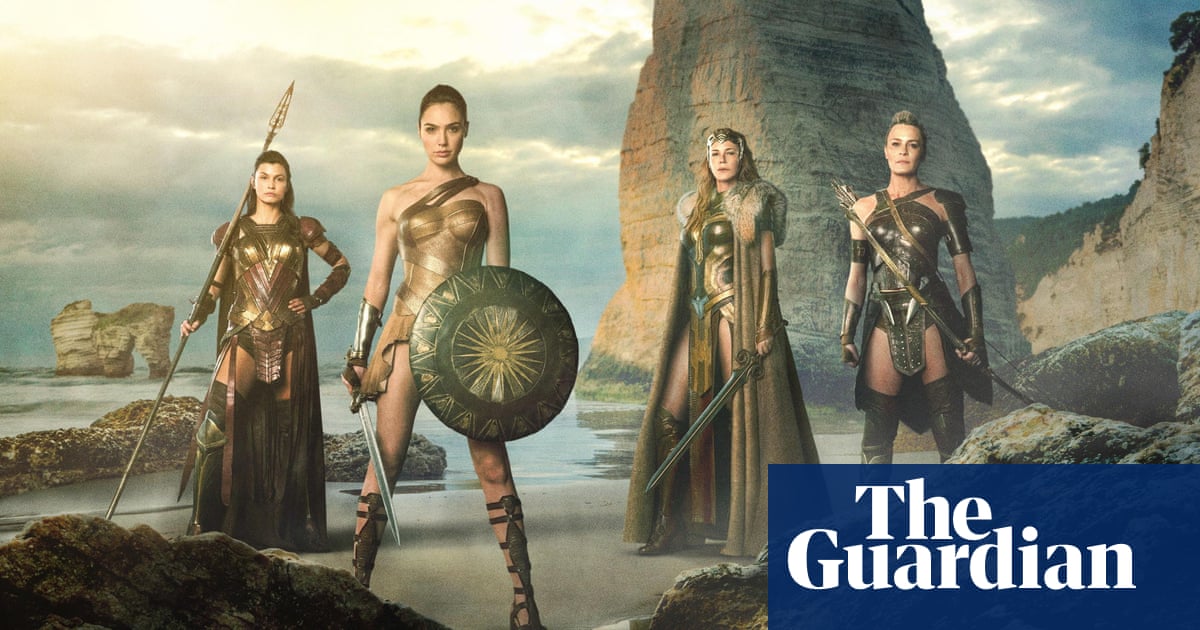
irector Patty Jenkins’ reunion with Gal Gadot after their 2017 runaway smash Wonder Woman has brought high expectations, but as the first comic book movie of the Covid era – as well as its many date changes – the anticipation can hardly be contained. Now Wonder Woman 1984 is out in UK cinemas it’s time to stop shouting “you go, Gal!” and talk about some specifics.
Acceptable in the 80s
Jenkins, along with production designer Aline Bonetto, costumer Lindy Hemming and all on their teams, should feel free to take a spin of celebration for their work recapturing the look of the era. From the Pontiac Firebird Trans Am to the multi-storey mall featuring a branch of Walden Books (RIP), the details are as luscious as Diana Prince’s hair.
One of the best sequences is an old comic mainstay: the wacky outfit-changing montage. But unlike the last film, when its subject was was the visiting Amazonian warrior in first world war-era Britain, this time it’s Chris Pine’s Steve Trevor raiding the wardrobe of a Washington DC bachelor, star-spangled fanny pack and all. (Naturally the ace pilot loves the parachute pants.)
Yet despite the tremendous clothes (Kristen Wiig’s visit to the gym especially) and early computer tech, did you find that the film failed to take advantage of the era’s music? Welcome to the Pleasure Dome by Frankie Goes to Hollywood – which is played 42 minutes in – is a tremendous choice (popular but not too popular) but one wonders why Jenkins left it at that, especially when the epiphanic “soaring” sequence reuses the old-hat Adiago in D Minor, John Murphy’s piece originally composed for Danny Boyle’s Sunshine and used dozens of times since.
Easy lover?
Back to Chris Pine for a moment. Not to get too deep into philosophy (this is, after all, a movie for kids) but was Steve Trevor really Steve Trevor? The plot hinges on wishes coming true, and Wonder Woman wishes for Trevor to return. Then – wham! – his soul or essence inhabits the body of some random fella. We have no idea if that guy got fired for not showing up at work, because once possessed by Trevor he’s off running around stealing planes and going to museums.
In an effort to keep Trevor-in-the-present different to unfrozen-Captain America from previous Marvel films, Wonder Woman 1984 makes his awakening extremely vague. But could we have done with a few more answers? Was this actually the spirit of the same Trevor who died decades earlier or some kind of projection, or echo, from Diana’s mind?
Lord of the things
Pedro Pascal’s turn as Maxwell Lord, the fraudulent businessman who stumbles into riches, is another highlight. By the time his ill-gotten wealth is rotting him from the inside thanks to hastily explained Monkey’s Paw rules, the derangement in Pascal’s performance is rare for something so mainstream. His arc makes sense in a broad-strokes way – he is greedy, like a great many famous capitalists of the era, one of whom eventually became president – but is it ever clear what exactly he wants? And would a lecture about hubris from a knocked-on-her-rear Diana really get him to change his ways?
Kristen Wiig’s character, the klutzy Barbara Minerva, has a much simpler narrative. She sees the self-confident and radiant Diana Prince and wishes she could be like her, unaware that this entails access to an arsenal of superpowers she does not know how to control. Might the film have benefited from more Minerva (and her eventual evolution into the Cheetah) rather than scenes of Maxwell Lord racing around the globe granting wishes?
Bustier of peace
Headlines were made in 2017 when Lebanon banned Wonder Woman because Gadot is an Israeli citizen. Knowing this, one has to wonder about the choice to set a major action sequence in Egypt, in which our heroine, shown in her costume for the first time in the film, stops battling baddies to rescue children in danger of getting caught up in the conflict. (Yes, Maxwell Lord wants oil, but he could have gone to Texas or Edmonton for that!)
Not only does Gadot save soccer-playing youngsters from rampaging military jeeps, she comforts them in Arabic while they are in her embrace. Whether this should be taken as a vision of coexistence or a moment of international pandering is up for discussion.
Special guest
And on the topic of pandering, how about that post-credits scene? On the one hand, the film should be applauded for resisting shoehorning more connections to the and increasingly disorienting DC Extended Universe. The gag at the end – in which Lynda Carter, who played Wonder Woman on TV in the 1970s – is just that: a gag. We see her from behind, thinking it’s Gadot (that hair!) but it turns out it is Asteria, a goddess mentioned earlier in the film.
Her line about having lots of experience with superheroic deeds is cute, but the literal wink to the camera might be betting on a nostalgia factor that not everyone understands. Most viewers under 40 will likely wonder who she is. That said, if she’s back for a more substantial role in part three, I’ll be on my feet and cheering.











